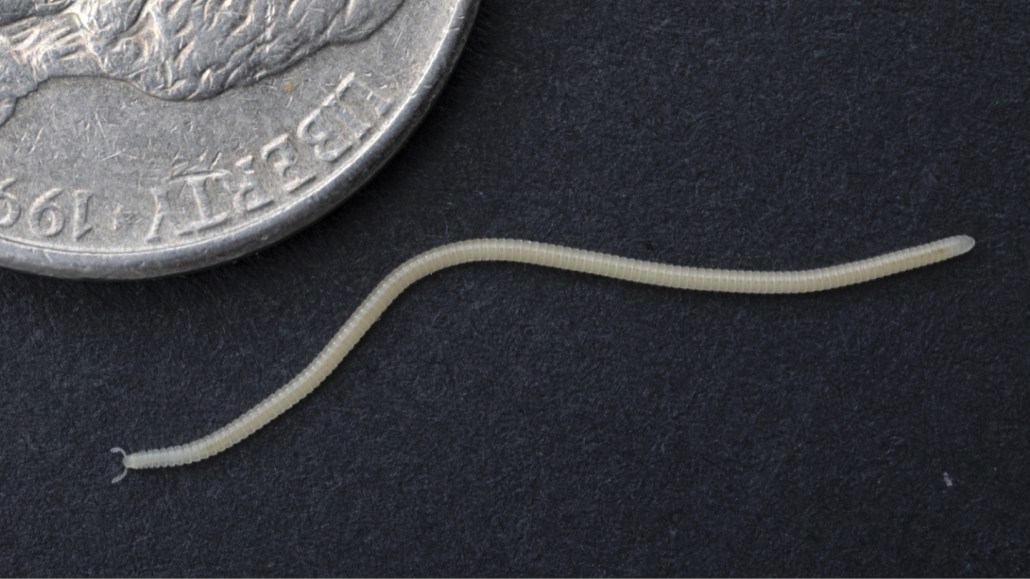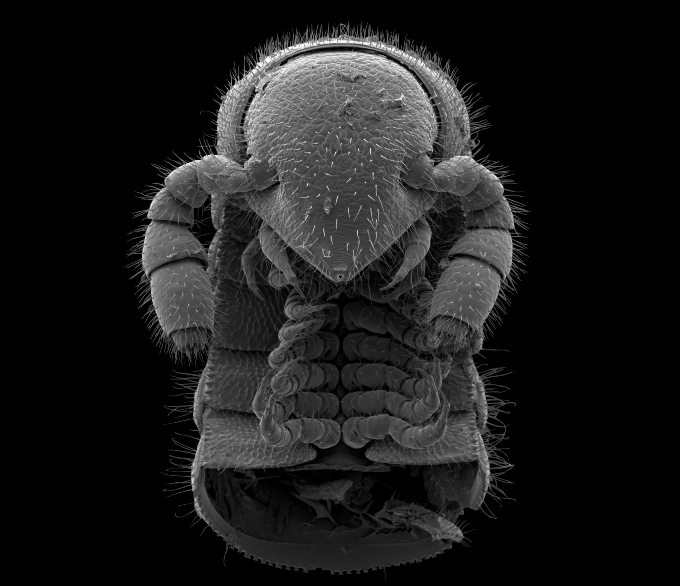
A newfound millipede species (Illacme socal), discovered in Southern California, spends most of its life underground.
P.E. Marek
- More than 2 years ago
Despite living in the entertainment capital of the world, the Los Angeles thread millipede has avoided the limelight. But when researchers spotted it, they knew they’d found a creature worthy of center stage.
The newfound species (Illacme socal) is small, pale and lives at least 10 centimeters under the soil, researchers report June 21 in ZooKeys. It’s just the third known species in this genus, a group of millipedes that stands out for their subterranean lifestyles and isolation from relatives.
I. socal “looks like somebody plucked a thread out of their shirt,” says Paul Marek, a millipede biologist at Virginia Tech in Blacksburg.
Naturalists Cedric Lee, of the University of California, Berkeley, and James Bailey discovered the millipede on a slug-finding expedition in Lake Forest, Calif., in 2018. While hunting for gelatinous gastropods, they stumbled upon a millipede unlike any they’d seen before. The duo uploaded a record of their find to iNaturalist, an app that lets users share photos of organisms they find with others, and identified the specimen as a member of the Siphonophoridae family.
Marek, also an iNaturalist aficionado, has alerts set up for these kinds of critters (SN: 12/21/21). The discovery piqued his interest because the only other places he knows this family from in California are hundreds of kilometers north of Los Angeles. Lake Forest is roughly 80 kilometers (50 miles) southeast of the city. So Marek teamed up with Lee and Bailey to solve the myriapod mystery.
During a visit to California over Christmas, Marek went to Lake Forest to look for more millipedes. “We collected around 10 individuals to get a good understanding of the variation” in what the critter looks like, he says. He then studied the males’ gonopods — sperm transfer organs that evolved from leg segments — to see if they matched any known species. “They were distinct,” Marek says. Genome sequencing confirmed that the Los Angeles millipedes are a newfound species.

Marek dubbed the species I. socal on the suggestion of Lee, but the team also wanted to be sure to give the millipede an easily recognizable stage name: the Los Angeles thread millipede. “If species are known by their common names,” Marek says, “it’s helpful for subsequent conservation action.”
While many other millipedes can be found close to the surface, those in the Illacme genus like to dig deep. “They live this almost completely subterranean lifestyle,” says Derek Hennen, a myriapod biologist at the Virginia Museum of Natural History in Martinsville who was not involved in the study but who has worked with Marek. So it’s not too surprising that the newfound species went undiscovered for so long. The closest relatives of Illacme are “either in South Africa or maybe Chile,” Hennen says.
Marek says I. socal is proof of the startling amount of hidden diversity in the soil beneath us. “This is really a frontier of biodiversity. There’s a lot more stuff under our feet.”






